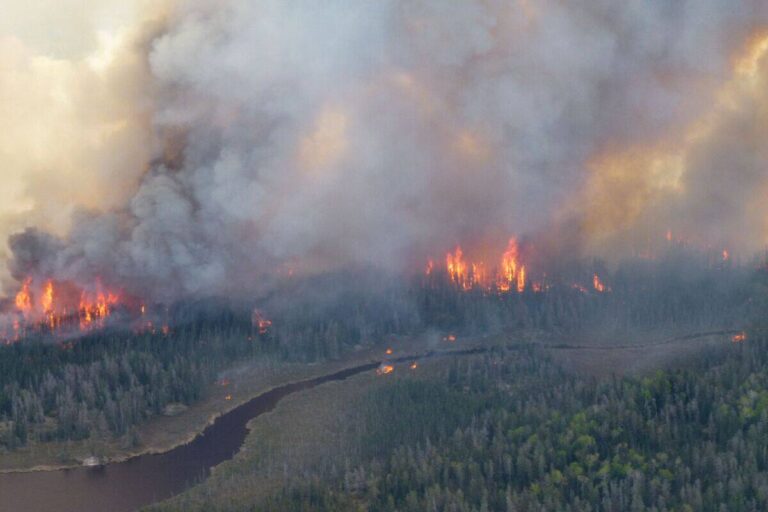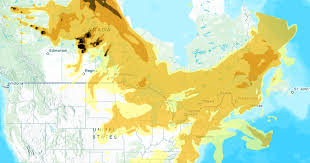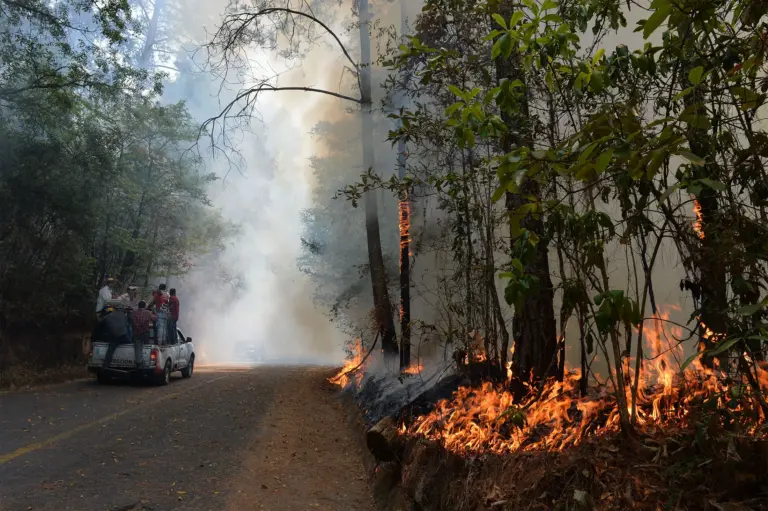
The Importance of Monitoring Forest Fires in Ontario
Forest fires are a significant concern in Ontario, affecting not only the natural landscape but also the health and safety of its residents. With climate change contributing to increasing temperatures and extended dry periods, the incidence and intensity of forest fires in this province have been on the rise. This article discusses the current state of forest fires in Ontario, the impact on the environment, and preventive measures being taken to mitigate these disasters.
Current Situation: Forest Fires in Ontario 2023
As of mid-September 2023, Ontario has experienced one of its more alarming fire seasons in recent history. The Ontario Ministry of Natural Resources and Forestry reported approximately 1,500 active fires since the start of the season, burning over 300,000 hectares of forest land. These figures indicate a 20% increase in fire incidents compared to the previous year. Northern Ontario has borne the brunt of the fires, with regions like Nipissing and Cochrane being heavily affected.
Causes and Consequences
The escalating number of forest fires in Ontario can be attributed to various factors, including prolonged drought conditions, lightning strikes, and human activities such as campfires and unsupervised burning. The consequences of these fires are far-reaching; they not only destroy habitats and biodiversity but also contribute to air pollution and adverse health effects among the populace. Smoke from the fires has led to warnings about poor air quality across southern Ontario, inciting health advisories especially for vulnerable groups.
Efforts and Preventive Measures
In light of the devastating impacts of forest fires, the Ontario government, along with local fire agencies, has implemented a series of measures aimed at fire prevention and management. Increased funding for fire services has allowed for improved surveillance technologies and the hiring of additional firefighting personnel. Public awareness campaigns have been launched to educate residents about safe outdoor practices, including proper disposal of cigarette butts and supervision of fires.
Conclusion and Future Outlook
As climate patterns evolve and human activity continues to put pressure on Ontario’s natural resources, the challenges posed by forest fires are likely to persist. However, with ongoing investment in prevention, education, and firefighting resources, experts believe that the situation can be managed more effectively. It is crucial for residents and policymakers alike to prioritize sustainable practices and proactive measures as a means to protect Ontario’s forests and communities from the looming threats of forest fires.






